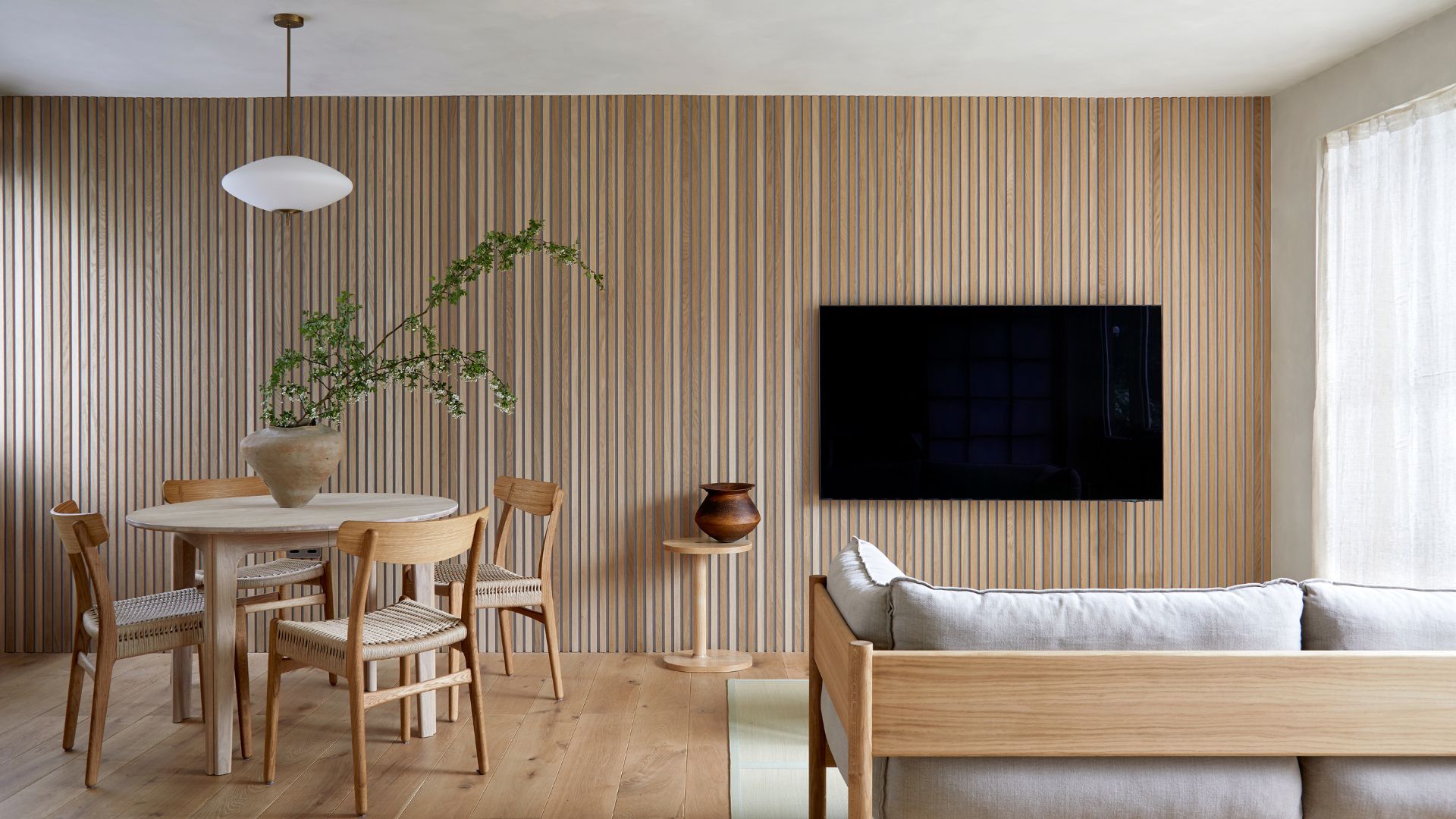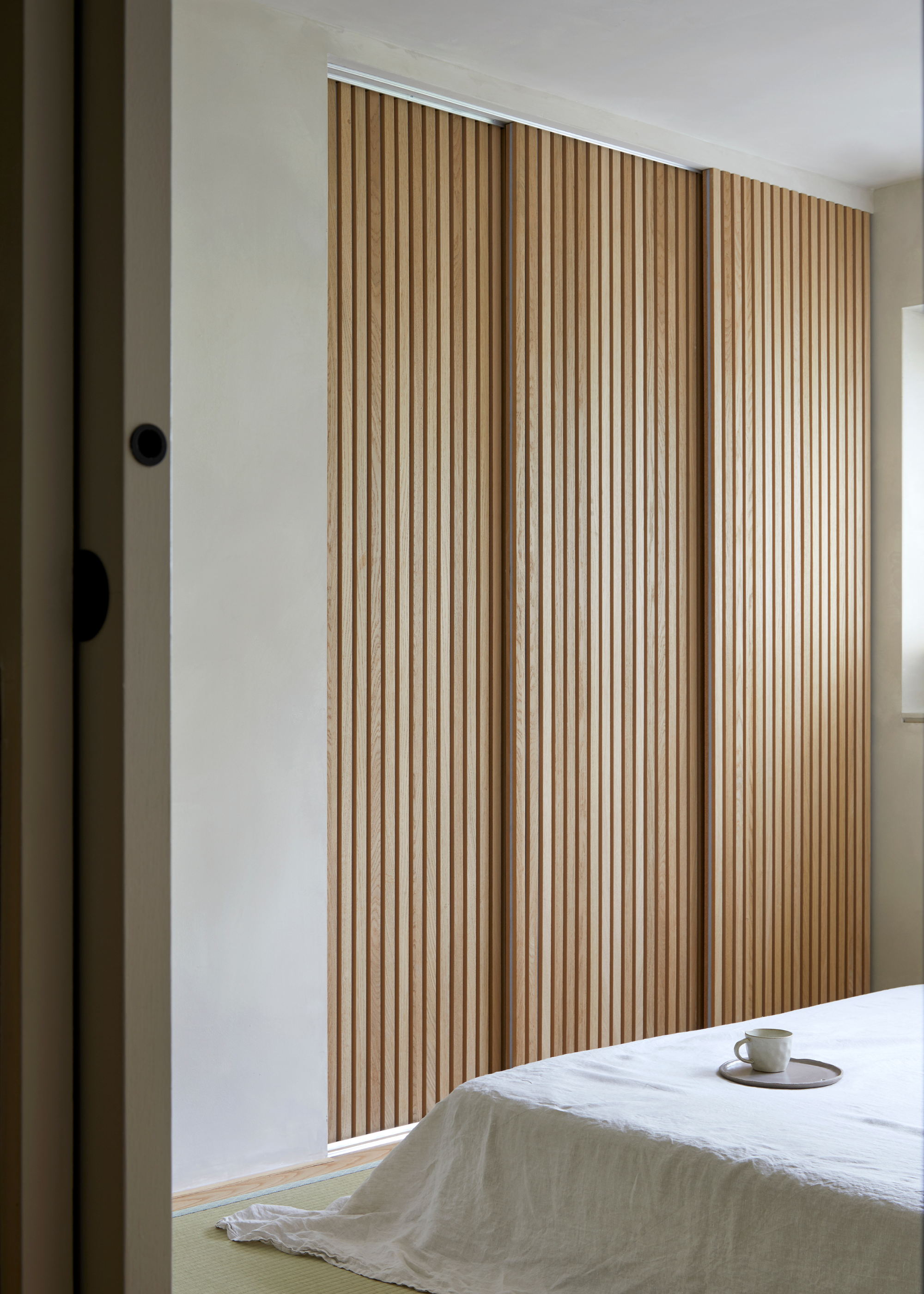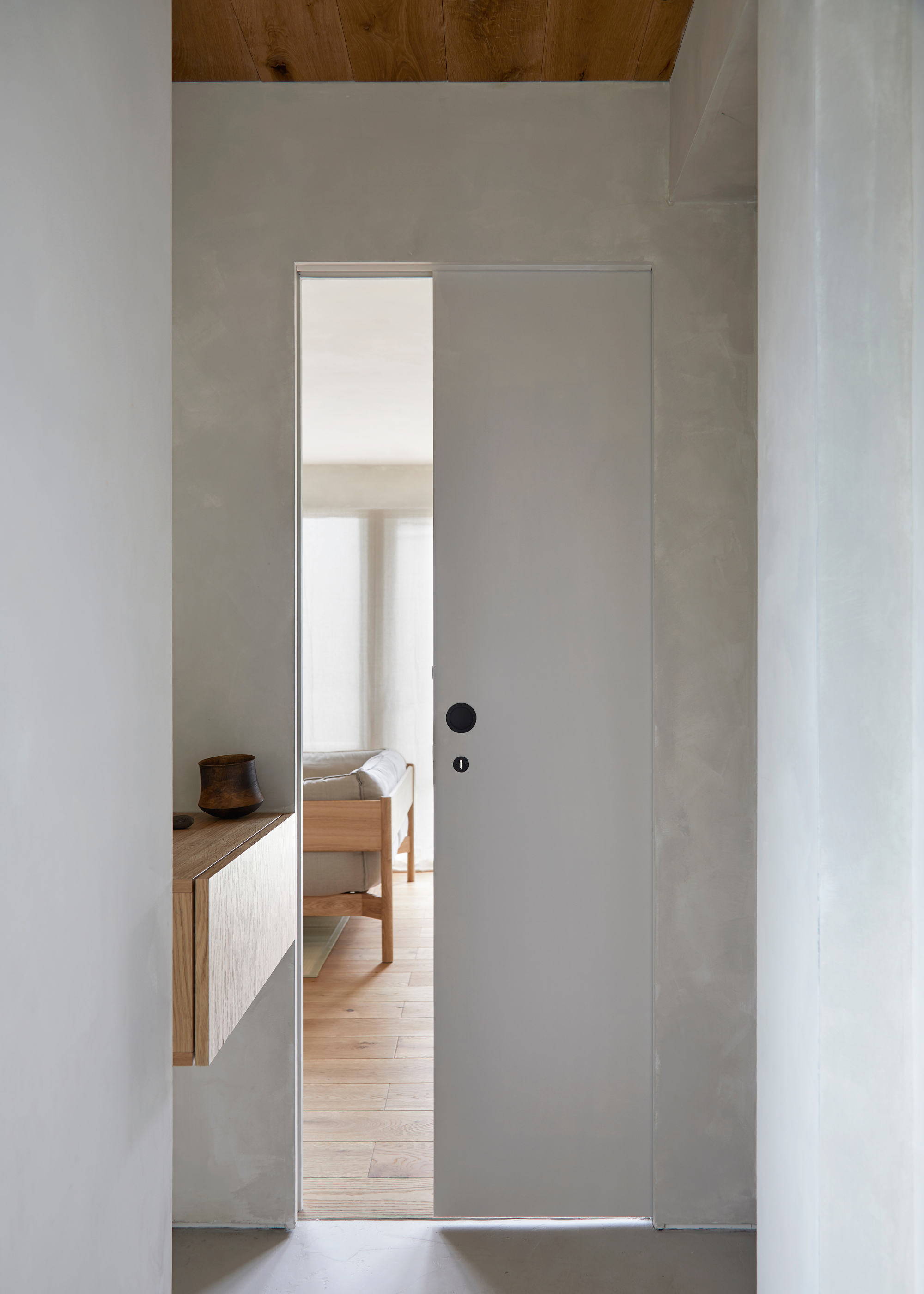'Ma' (間) Is the Japanese Minimalist Aesthetic I Think Everyone Should Read About Before They Start Decorating
Simply put, it's the Japanese design concept of less is more


I've lived through my maximalist era and as fun and vibrant as it was, I am now moving towards a cleaner interior style. This brings me to how I came across 'Ma' (間) — the Japanese aesthetic of minimalism.
At first glance, I would describe this genre of design as simple, elegant, and truly timeless. But it's not just about dressing your home in Japanese décor. In fact, the conceptual context that lies beneath makes this principle so much more meaningful and intentional.
So I'll keep it short and reveal what this beautiful concept of negative space in interior design entails.
What Is Ma?

'Ma' looks at the concept of space.
There are many modern interior design concepts out there, so what makes Ma different from the rest? Ma, which translates to "negative space," plays a big role in Japanese design and architecture. It looks at how space can be used to transform a home.
"Ma (間) is the Japanese concept of space and interval, where the absence of objects is as intentional as their presence," explains interior designer Yoko Kloeden. "Unlike Western design, which often seeks to fill space, Ma values the pause, balance, and rhythm between elements. It allows space to breathe, enhancing light, texture, and the way a room feels."
While maximalist interiors are still a huge trend at the moment, the concept of Ma steps away from the busyness of the aforementioned fast-paced style and makes room for a slower space that envelopes its inhabitants in comfort.

Yoko Kloeden Design is a London-based architecture and interior design studio, founded by Yoko Kloeden in 2016. Located in West London, the studio specializes in crafting mood-enhancing sanctuaries, seamlessly blending Japanese aesthetics with natural, serene elements. Each project aims to create spaces that feel both harmonious and deeply restorative, reflecting Yoko’s commitment to calm, balanced interiors.
How Can You Embrace Ma at Home?

Here's how you can embrace Ma in your home.
When considering minimalist interior design, there are myriad ideas that can inspire a pared-back, cozy living space. And where Ma is concerned, Yoko tells us that this aesthetic can be easily adopted into your home for a more convivial interior environment.
The Livingetc newsletters are your inside source for what’s shaping interiors now - and what’s next. Discover trend forecasts, smart style ideas, and curated shopping inspiration that brings design to life. Subscribe today and stay ahead of the curve.
"At Yoko Kloeden Design, we use Ma to create serene, refined interiors by prioritizing negative space, ensuring flow and ease rather than overcrowding," she notes. "By intentionally leaving an ‘empty’ space, your attention naturally focuses more on such things as materiality and light and shadow as opposed to objects.
"It’s a bit like focusing on your breathing when practicing yoga. It allows you to slow down and be purposeful, which leads to better well-being."
What are the Benefits of Using Ma at Home?

There are many benefits to keep an eye out for.
According to Yoko, a home designed with Ma can not only feel effortless but also restorative. "I find that it brings a sense of clarity and calm, reducing visual and mental clutter," she says. And since decluttering and minimalism tend to go hand in hand, we couldn't agree more.
"Designing with Ma also allows for flow and adaptability, making spaces feel open and intuitive," she adds. "Not to mention the aspect of quiet luxury that Ma embodies. In such spaces, every element is intentional, timeless, and deeply connected to each other."
Embrace the Aesthetic
FAQs
How Can You Use Ma at Home?
Since Ma at its root is built on the foundation of a spacious home, the first thing you can do to embrace the Japanese aesthetic of minimalism is to learn how to declutter your home. This will rid your home of excess clutter and help you uncover room you forgot you had in the first place.
If you're also interested in going off the visual aesthetic of Ma, you can then swap out busy colors and overwhelming décor with a subtler style. Think softer hues, neutral textures, and elegant silhouettes. And feel free to take inspiration from my top Ma-style décor picks above.
Wellness is in and with its resurgence, I'm discovering design principles that match the vibe I aim to bring home. It's all about creating a space that's made to unwind, relax and breathe in.
And with the concept of Ma, I truly understand the impact that negative space creates in a home. Japan was definitely onto something with Ma and I think we will see a lot more of this zen aesthetic now that the interior world is wading into the wellness pool.

Amiya is a Home Wellness Writer at Livingetc. She recently graduated with a Masters Degree in Magazine Journalism from City, University of London, and has lent her words to beauty, fashion, and health sections of lifestyle publications including Harper’s Bazaar and Women’s Health. Her experience as a research analyst has equipped her with an eye for emerging trends. When she’s off the clock, she can be found reading, listening to music, or overanalyzing her latest Co-Star update.


